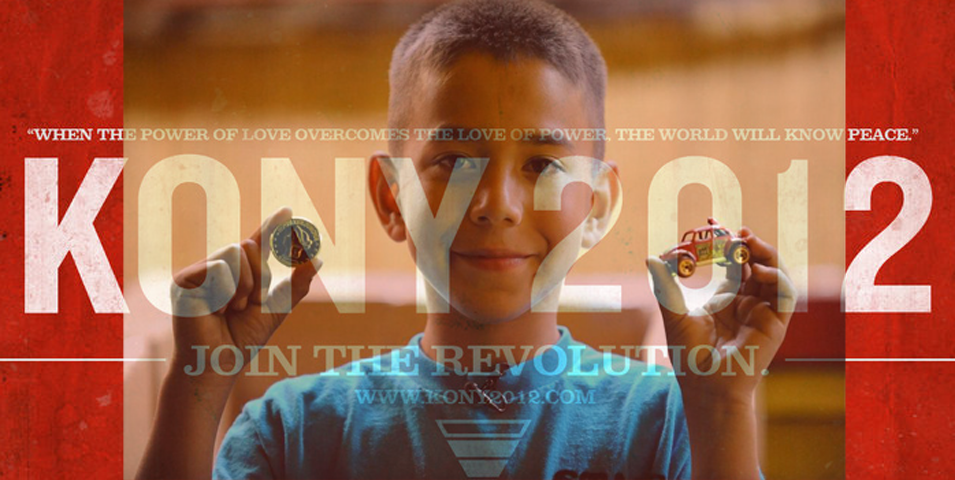
Great story telling, in any context, is the most effective means of gripping many people and moving them to do something or behave in a certain way.
- Telling a story to my two year old is often about getting her to f$*&ing sleep (thanks Noni) but mostly about seeing her rapture and joy in make-believe.
- Telling a story at work is more about motivating staff, energising collaborators, beating a path to a known destination.
- I MC’d a wedding not so long ago. That piece of story-telling was designed to get 120 people laughing but a little teary too at well chosen moments. Mostly laughing. At the groom’s expense.
Thanks to YouTube and Vimeo, the short web video has become a dominant medium for story telling.
And, whereas we might have once seen a big budget production with high-end equipment as more ‘professional’ than a low-fi web video shot with a DSLR, our attitudes have changed. Creative diversity has been unleashed to such an extent it’s very much the story that sees the cream rise to the top on social platforms.
So recently I was struck by the huge difference between two videos: Caine’s Arcade and Kony 2012. And the impact they had. And which will stay with me longer.
Caine’s Arcade is technically well produced but it’s the delicate and very human story telling that is so powerful. Kony is the opposite and for me, as much as I am dumbfounded by the social impact, the work is generic and, although it yearns to be, it is not credible. I found myself angered by its preaching.
That will ire some Kony believers but watch Caine build his Arcade and receive a lesson in a very powerful characteristic of great story-telling: authenticity.
The boy, the producer, the ideas. It’s life germinating and growing before your very eyes. It’s honest. And you won’t forget it.
Caine’s Arcade from Nirvan Mullick on Vimeo.
Talk to us about authentic video content.

